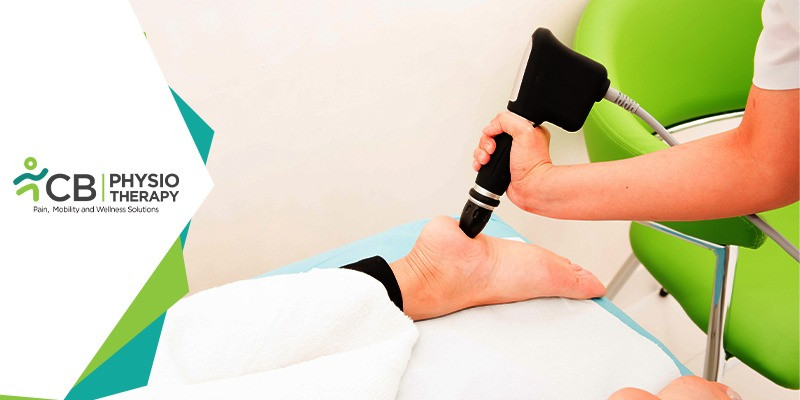Are you suffering from joint pain or muscular pain, and you have taken many treatments which have not worked? Then try Shockwave Therapy. Shockwave therapy is a non-surgical non-invasive treatment procedure used all over the world for treating a wide variety of painful conditions in your body. The treatment is imparted by well-trained physiotherapists for pain relief, mobility, and speed up the recovery. Shock wave focuses on bones and other tissues of the musculoskeletal system and has a positive effect on a wide variety of tissues. In this blog, we will discuss the latest updated conditions which can be treated by this therapy and some queries which a patient can have in his mind before opting for Shockwave therapy.
Latest updated conditions treated by Shockwave Therapy
Shockwave therapy is not used as a short-term treatment but relieves pain and improves functionality in the long term. The conditions which can be treated by this therapy are:
- Tennis Elbow
- Golfer’s Elbow
- Plantar Fasciitis
- Rotator Cuff Strain
- Patella Tendinitis
- Tendonitis
- Jumper’s Knee
- Painful joints
- Heel Spur
- Insertional pain
- Hip and back pain
- Patellofemoral Tendinopathy
- Gluteal Tendinopathy
- Trigger points
- Non-union fractures
- Delayed healing
- Osteochondritis dissecans
- Bone marrow edema
- Achilles Tendinopathy.
How does it work?
Shockwave therapy is a high-energy acoustic wave applied to the chronic painful part of the injured soft tissue. Shockwave therapy uses sound waves to focus on painful areas. These waves are absorbed into the body’s tissue and cells, stimulating regeneration and healthy growth of the bones, muscles, and tendons. Its re-starts the healing process:
- It desensitizes the nerve endings and immediately eases the pain.
- Boosts metabolism and blood circulation.
- Forms new blood vessels causing repair of damaged tissue.
- Reduces spasms and inflammation which in turn decreases pain and boosts mobility.
- Shockwave therapy promotes subchondral bone formation.
- It reduces micro-tears and other traumas.
How is the treatment given?
The treatment starts with a detailed assessment of the affected area. The physiotherapist designs a personalized treatment plan that suits the patient’s lifestyle. For the application, the gel is applied to the treatment area and the treatment time starts.
How long does the treatment last?
The actual delivery of 2000-3000 shocks will take 10 minutes. The patient might require 3-4 sessions a week before he/she feels pain relief. Patients with more chronic conditions may need 5 sessions. The effects of Shockwave Therapy continue to improve soft tissue changes weeks after the treatment.
How many Treatment sessions are required?
The treatment sessions depend upon the area to be treated, the phase of pain, and the response of the body towards the treatment varies from patient to patient. Most people need around 3 sessions, others might need 5 sessions.
Does the therapy hurt during and after the treatment session?
The tolerance for pain is different for different patients but most patients describe it as uncomfortable, though most of the patients easily cope with the treatment for a few minutes. The therapist can tune the machine so that the patient can get used to it. Slight discomfort is usually experienced depending on the pain in the area and usually, the treatment time is 5 minutes. Immediately after the treatment, the patient experiences pain relief. Approximately after 2-4 hours, the patient may feel some tenderness in the treatment area which is tolerable.
What precautions should the patient take after the session?
The patients should refrain from carrying out any strenuous physical activity until 48 hours.
ESWT is a possible option in conservative therapy for the indications mentioned in this review. However, this option should be reserved for orthopedics specialists familiar with this therapy and these indications.

